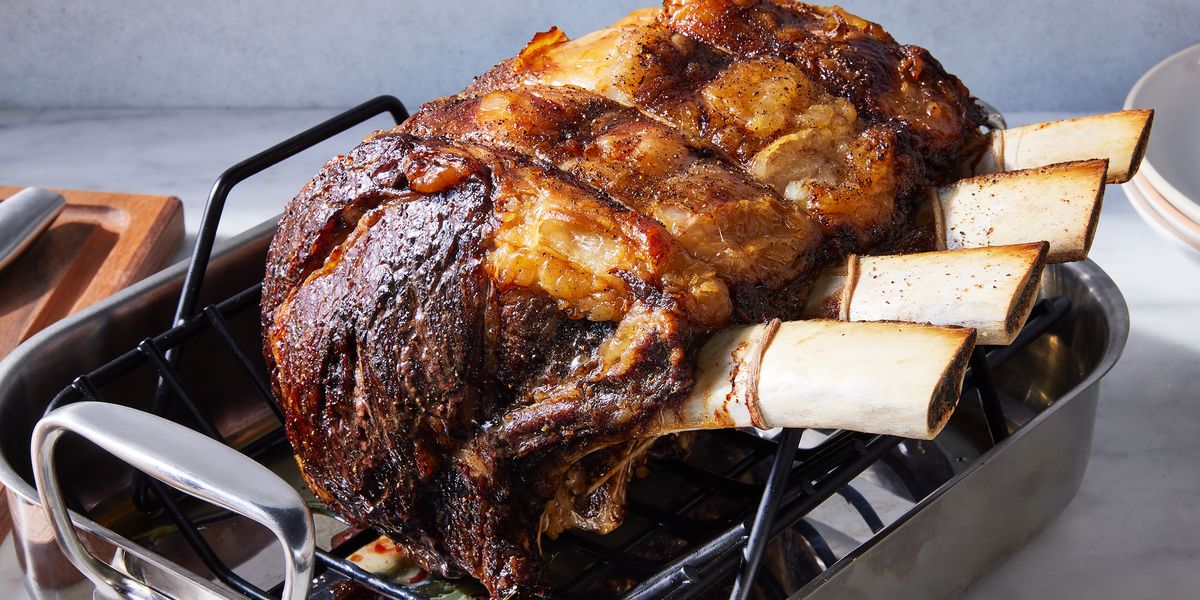
Prime rib is the holiday dinner centerpiece to serve if you’re looking to truly wow. This large-and-in-charge cut of beef not only boasts a show stopping display, but is unmatched in is tender, rich, and buttery flavor. While the size and price point of this cut may seem intimidating, it’s surprisingly easy to make: with a bit of forethought and science, it’s simple to make perfect prime rib, every time. Keep reading on for all of our top tips on how to ace it this Christmas and beyond:
Top tips for cooking the best prime rib:
— Seasoning. We go simple with our seasoning here, focusing on salt, pepper, and finely chopped rosemary. For the best prime rib, don’t hold back on the seasoning; you want as much coverage as possible as it will sink into meat as it cooks. Make sure to get into all the nooks and crannies.
— How do I get a crust on my prime rib? Usually we want to introduce high heat or sear in a pan to get that crust, but if you cook your prime rib at too high a heat for too long, you won’t achieve that iconic pink all the way to the edge. Our solution? Cook at 450º for 30 minutes, then reduce the heat and cook low-and-slow to get that crisp sear.
— Don’t be afraid to go low and slow. While we have a suggested cook time, don’t be afraid to decrease the temperature and lengthen the cook time. You can go as low as possible—the longer your cook time, the greater the likelihood you’ll get a more beautiful prime rib.
— Let it rest. After cooking, let your prime rib rest for at least 30 minutes covered. This allows the heat and juice to redistribute so there won’t be big pools of juice when you cut into your prime rib (nobody wants that).
How long to cook prime rib:
Plan on about 15 to 20 minutes per pound. Keep in mind that the roast will continue cooking once it comes out of the oven—that’s why it’s important to let it rest for at least 30 minutes after removing it from the oven. Check for doneness by inserting a probe thermometer into the center of the rounded part of the roast at a 45° angle. Leaving the thermometer in while the roast cooks (with the display sitting on the countertop) will allow you to remove it from the oven when it reaches the desired doneness. Medium-rare is our preferred doneness, which you’ll achieve after the internal temperature reaches 110º. That being said, follow these temperature guides for your ideal doneness:
— Medium: 120º
— Medium-well: 130º
— Well: 140º
How much prime rib should I buy?
We usually go for around 8 oz. per person, but if you want plenty of prime rib for leftovers, go for 12 to 16 oz. per person That being said, if you’re looking for the easiest solution, think of it as 1 rib = 2 people. We’ve got 4 ribs here, which would serve around 8 people.
Serving ideas:
When serving your prime rib, you can remove the rib section, or leave if on the bone if you prefer. Slice it to any type of thickness: our preference is between .5” and 1” slices. If you’re looking for ideas for what to pair this with, you can’t go wrong with our classic holiday sides. Some of our favorites: garlic-Parmesan carrots, creamy mashed potatoes, goat cheese-stuffed rolls, and cranberry-bacon green beans.
Leftovers:
If you have any leftovers, wrap and store in an airtight container in the fridge for 5-7 days. We’ve got plenty of ideas for how to use up your leftover prime rib, but some of our favorites include steak and eggs, Philly cheesesteaks, and beef stew.
Made this recipe? Let us know how it went in the comments below!

Prime rib is the holiday dinner centerpiece to serve if you’re looking to truly wow. This large-and-in-charge cut of beef not only boasts a show stopping display, but is unmatched in is tender, rich, and buttery flavor. While the size and price point of this cut may seem intimidating, it’s surprisingly easy to make: with a bit of forethought and science, it’s simple to make perfect prime rib, every time. Keep reading on for all of our top tips on how to ace it this Christmas and beyond:
Top tips for cooking the best prime rib:
— Seasoning. We go simple with our seasoning here, focusing on salt, pepper, and finely chopped rosemary. For the best prime rib, don’t hold back on the seasoning; you want as much coverage as possible as it will sink into meat as it cooks. Make sure to get into all the nooks and crannies.
— How do I get a crust on my prime rib? Usually we want to introduce high heat or sear in a pan to get that crust, but if you cook your prime rib at too high a heat for too long, you won’t achieve that iconic pink all the way to the edge. Our solution? Cook at 450º for 30 minutes, then reduce the heat and cook low-and-slow to get that crisp sear.
— Don’t be afraid to go low and slow. While we have a suggested cook time, don’t be afraid to decrease the temperature and lengthen the cook time. You can go as low as possible—the longer your cook time, the greater the likelihood you’ll get a more beautiful prime rib.
— Let it rest. After cooking, let your prime rib rest for at least 30 minutes covered. This allows the heat and juice to redistribute so there won’t be big pools of juice when you cut into your prime rib (nobody wants that).
How long to cook prime rib:
Plan on about 15 to 20 minutes per pound. Keep in mind that the roast will continue cooking once it comes out of the oven—that’s why it’s important to let it rest for at least 30 minutes after removing it from the oven. Check for doneness by inserting a probe thermometer into the center of the rounded part of the roast at a 45° angle. Leaving the thermometer in while the roast cooks (with the display sitting on the countertop) will allow you to remove it from the oven when it reaches the desired doneness. Medium-rare is our preferred doneness, which you’ll achieve after the internal temperature reaches 110º. That being said, follow these temperature guides for your ideal doneness:
— Medium: 120º
— Medium-well: 130º
— Well: 140º
How much prime rib should I buy?
We usually go for around 8 oz. per person, but if you want plenty of prime rib for leftovers, go for 12 to 16 oz. per person That being said, if you’re looking for the easiest solution, think of it as 1 rib = 2 people. We’ve got 4 ribs here, which would serve around 8 people.
Serving ideas:
When serving your prime rib, you can remove the rib section, or leave if on the bone if you prefer. Slice it to any type of thickness: our preference is between .5” and 1” slices. If you’re looking for ideas for what to pair this with, you can’t go wrong with our classic holiday sides. Some of our favorites: garlic-Parmesan carrots, creamy mashed potatoes, goat cheese-stuffed rolls, and cranberry-bacon green beans.
Leftovers:
If you have any leftovers, wrap and store in an airtight container in the fridge for 5-7 days. We’ve got plenty of ideas for how to use up your leftover prime rib, but some of our favorites include steak and eggs, Philly cheesesteaks, and beef stew.
Made this recipe? Let us know how it went in the comments below!
- Yields:
-
12
serving(s)
- Prep Time:
- 10 mins
- Total Time:
- 3 hrs 10 mins
- Cal/Serv:
- 611
Directions
-
- Step 1
Remove rib roast from packaging and place in a large roasting pan. Let come to room temperature, about 30 minutes.
- Step 2Preheat oven to 450º. Generously season all sides of rib roast with salt and pepper. Arrange roast in roasting pan fat side up. Arrange half of the rosemary in bottom of pan around roast.
- Step 3Roast 30 minutes. Reduce oven temperature to 350º and continue to roast until an instant-read thermometer inserted into thickest part registers 110° for medium-rare, about 1 hour 30 minutes more. (Plan on about 15 minutes per pound.)
- Step 4Remove roast from oven, cover with foil, and let rest 30 minutes.
- Step 5To serve, slice along ribs to remove from roast, then separate each rib. Slice roast against the grain. Arrange roast, ribs, and remaining rosemary on a platter.
- Step 1


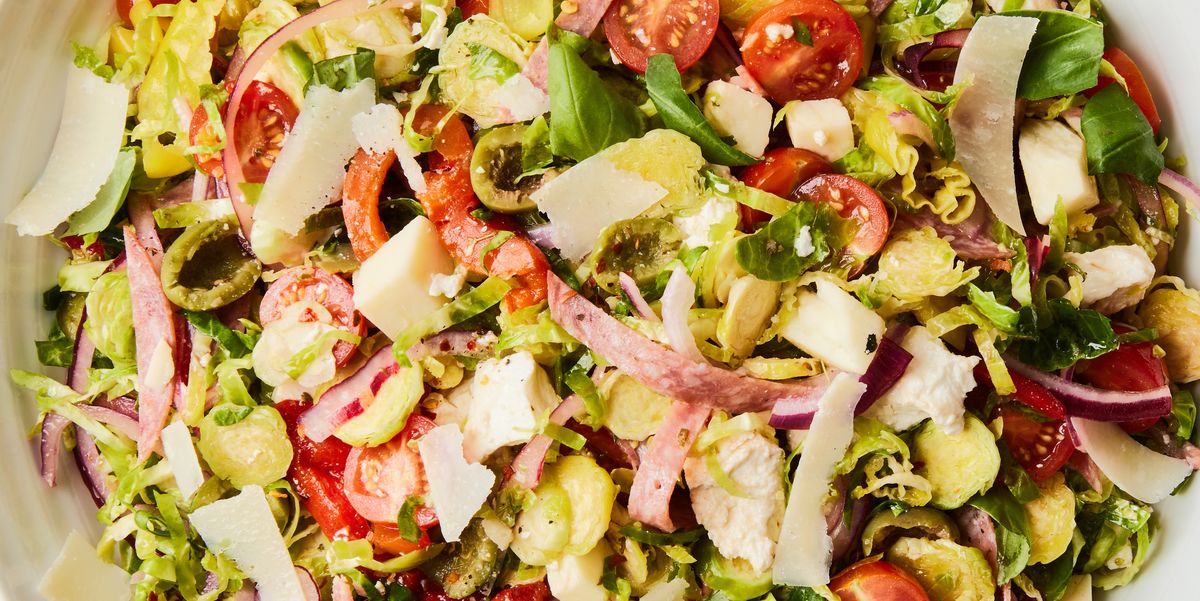
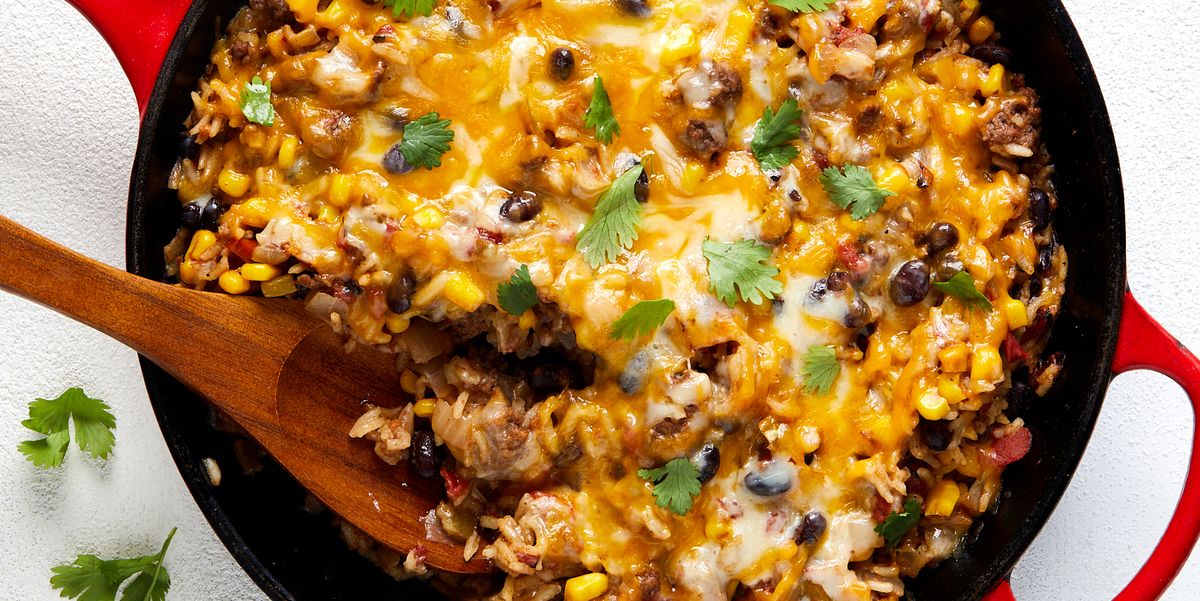
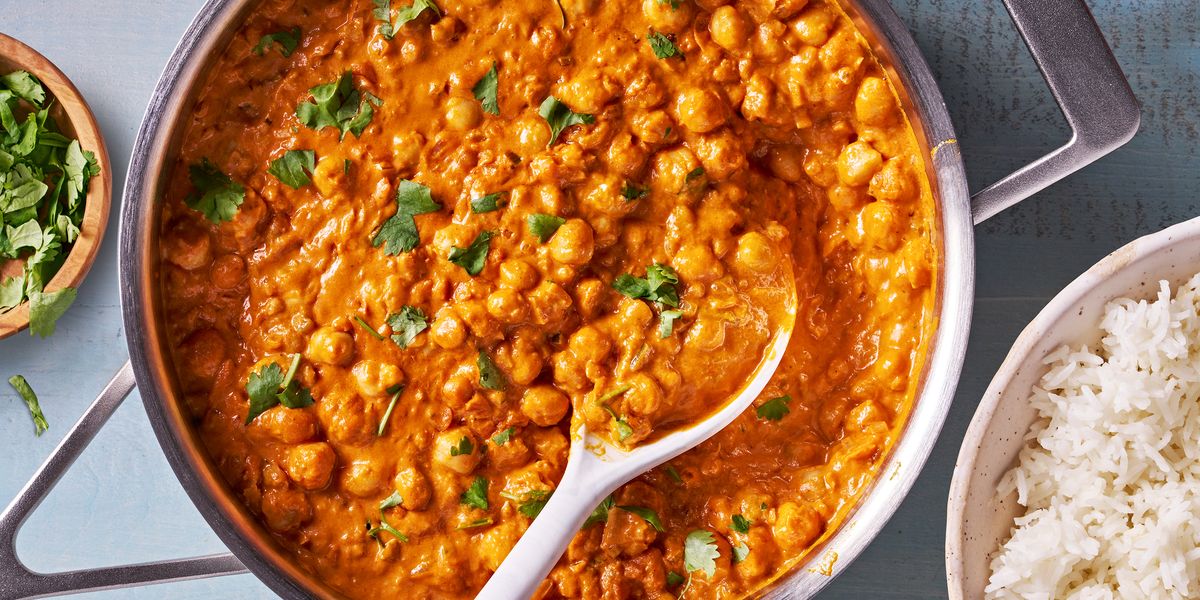
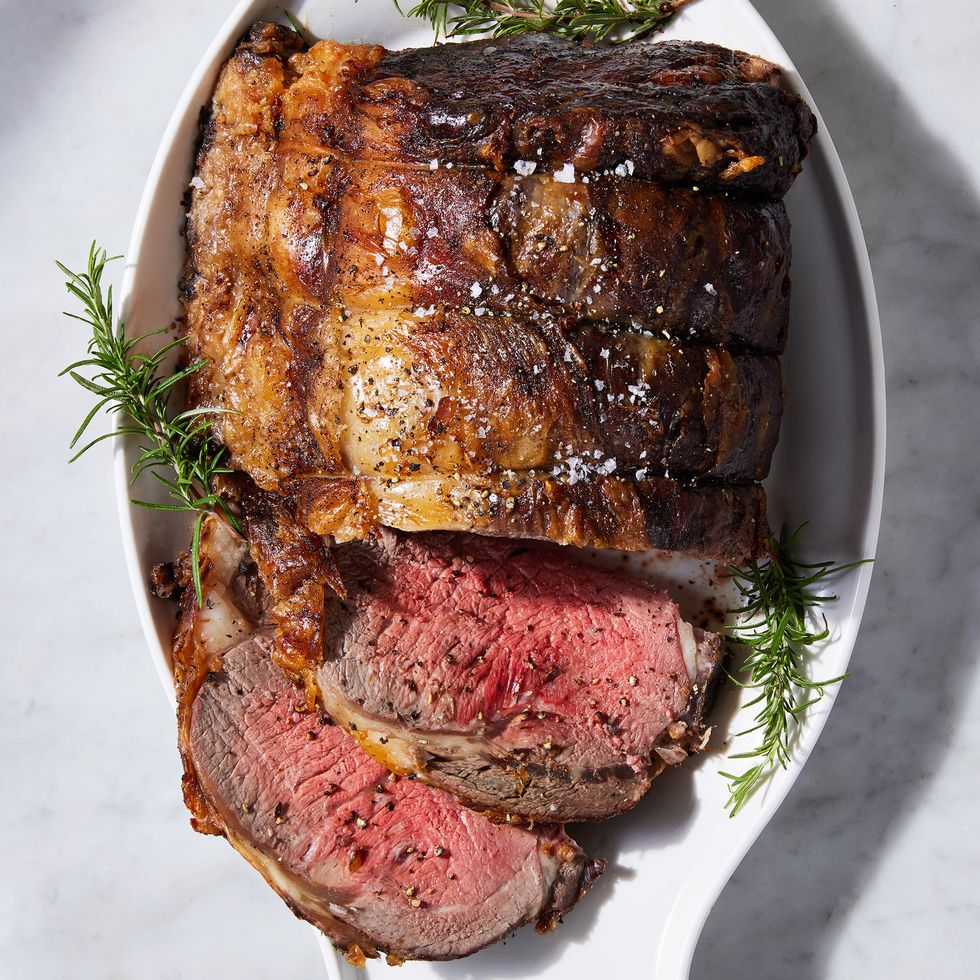

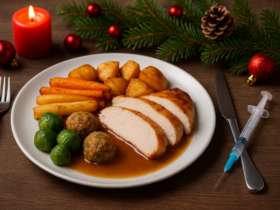
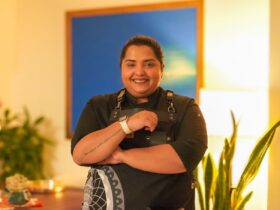





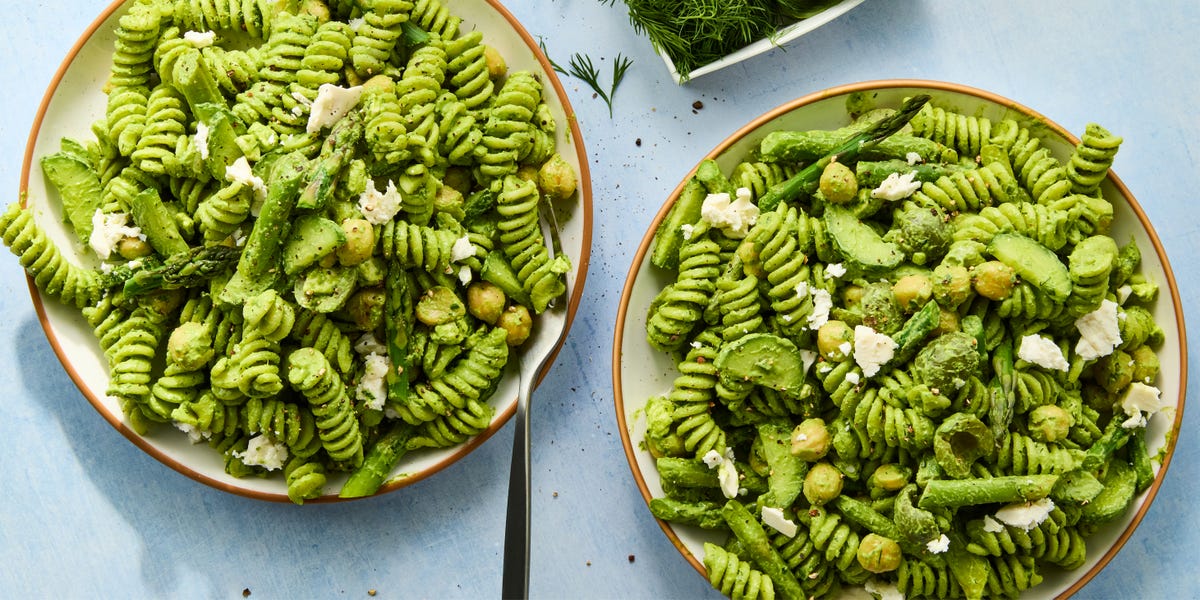


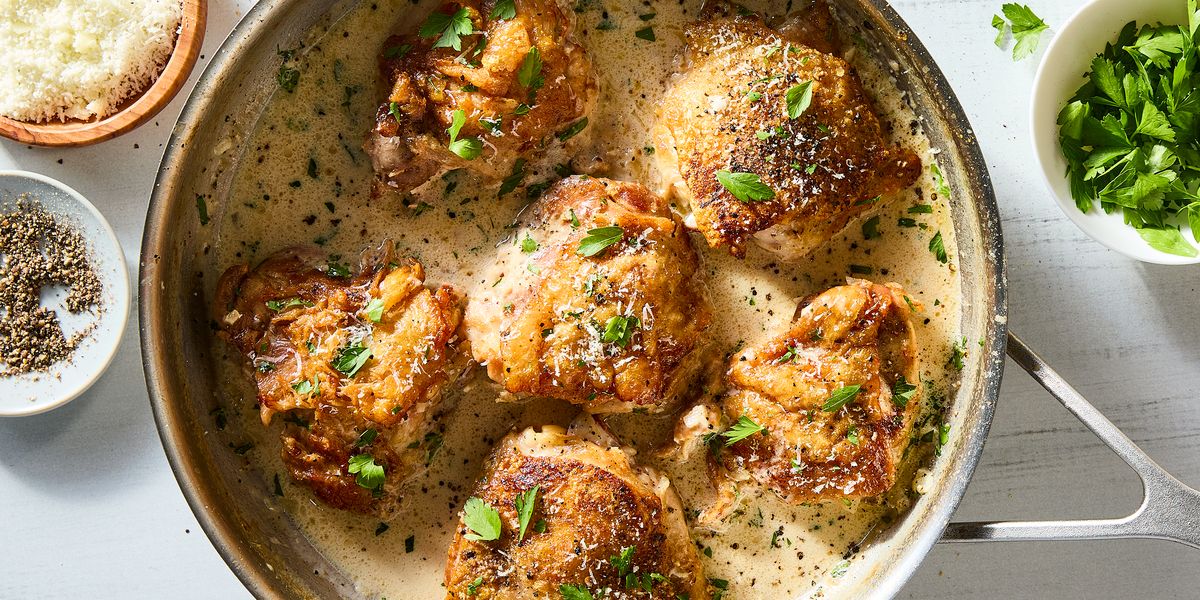

Leave a Reply